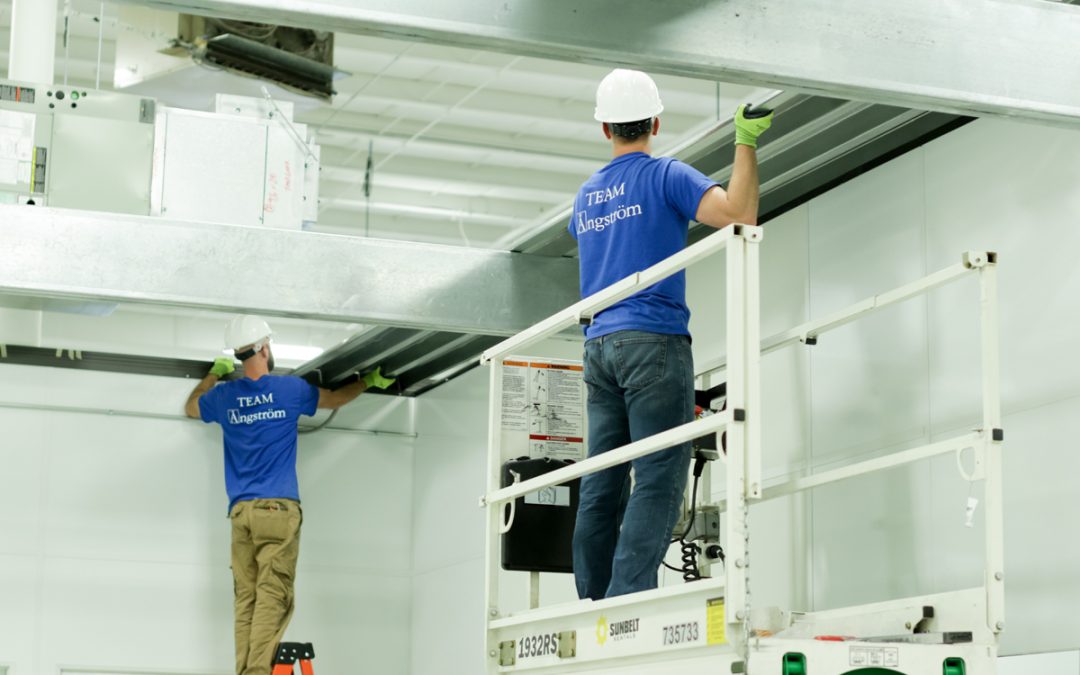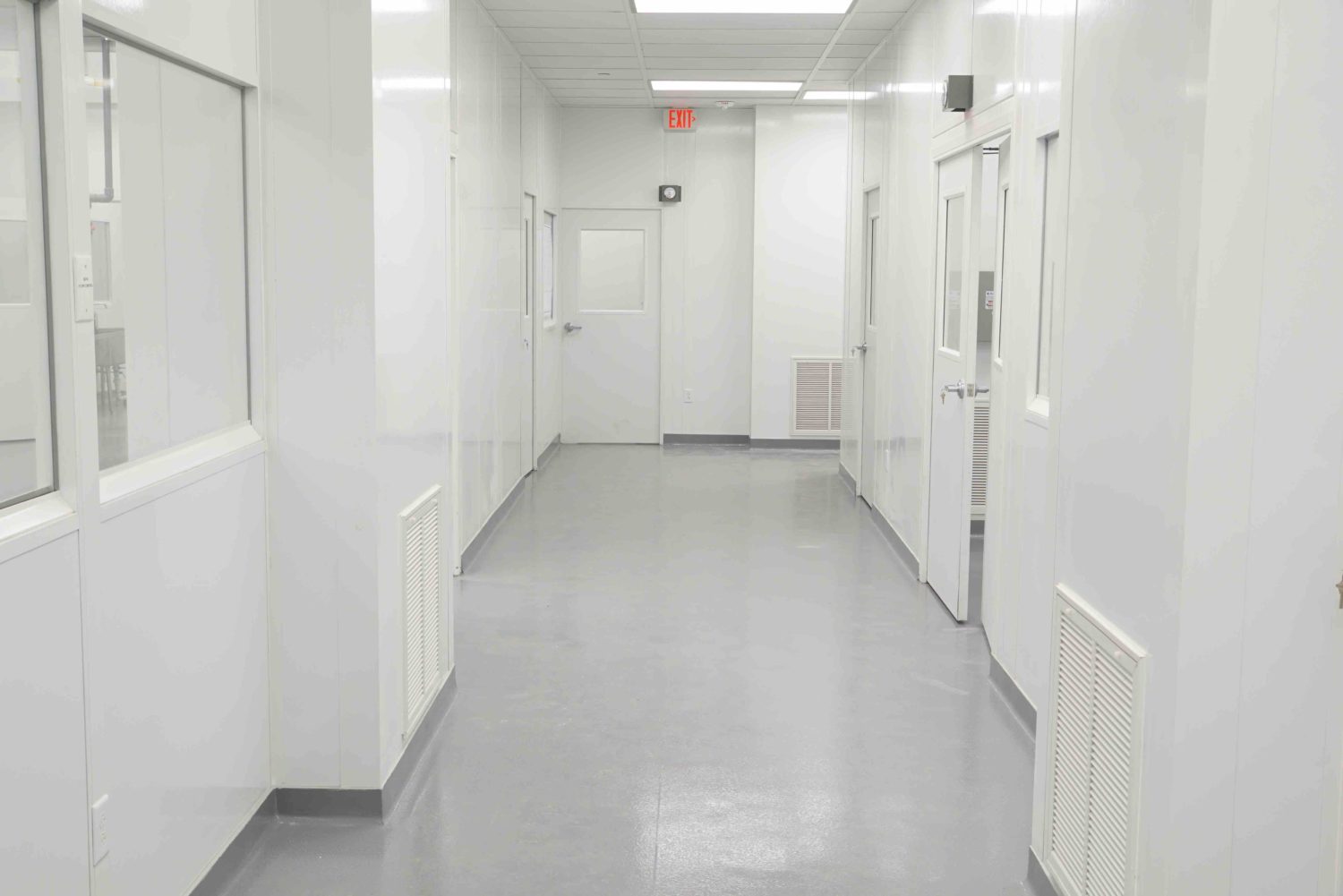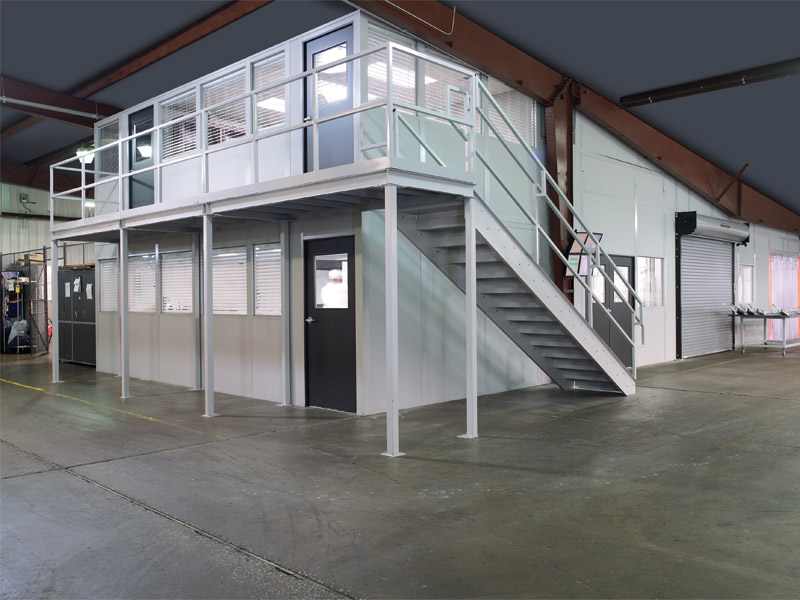
Choosing the Right Cleanroom Design and Installation Company
For facilities requiring a clean environment, the cleanroom itself is a crucial component. As a general contractor or builder, you know that finding the right company to design/build and service, your cleanroom is a critical part of your projects success. How do you choose the right cleanroom design and installation company? Here are some qualities a good cleanroom design company should have:
Good communication—quick response times
Communication is essential in any construction project, and it’s vital for subcontracted work. The cleanroom design company that you chose should give respond quickly with a budgetary quote, and be able to answer any technical questions you may have in the design/build portion of your project. Once the project is underway supply you with weekly project updates, keeping your timeline in check.
Fast lead times and ability to meet deadlines
You don’t have months and months to get this cleanroom constructed—you need it done quickly and efficiently, within your timeframe. You have deadlines that you have to meet, and the cleanroom designer should understand and respect that. Given a reasonable amount of time and all the necessary information to complete the cleanroom project, a good cleanroom design firm should be able to make quick turnaround times and keep the cleanroom, and therefore the rest of your project, on schedule.
Customization capabilities
Good cleanroom designers will work with you to create the right cleanroom for the client, and this may include custom requests. Good designers aren’t inflexible—they won’t just provide a boilerplate, cookie-cutter, one-size-fits-all cleanroom, because the needs of each client are unique, based upon cleanroom application and other circumstances. The cleanroom design firm you choose should be willing and able to design custom elements such as casework, cleanroom benches, and tables, to fit the client’s specific needs.
Ability to stay on budget
Cleanrooms can be an enormous cost for your client, and as such, the budget must be respected. If a cleanroom designer can’t stick to the agreed-upon budget, the project can’t succeed, and problems will arise for all parties, the cleanroom design company, you, and the client. Good cleanroom designers will be able to provide a workable cleanroom design within budget constraints.
Selecting the best company for your cleanroom design and installation project is the first and most essential step in providing your client with the cleanroom their company needs. Finding a cleanroom design company with good communication practices, quick turnaround times, the ability to customize, and budget-consciousness will ensure that your cleanroom design is a success.
If you’re tasked with a cleanroom design project and have questions about designing a new cleanroom, give the experts at Angstrom a call. We install all kinds cleanrooms and have a selection of necessary cleanroom equipment and supplies.





